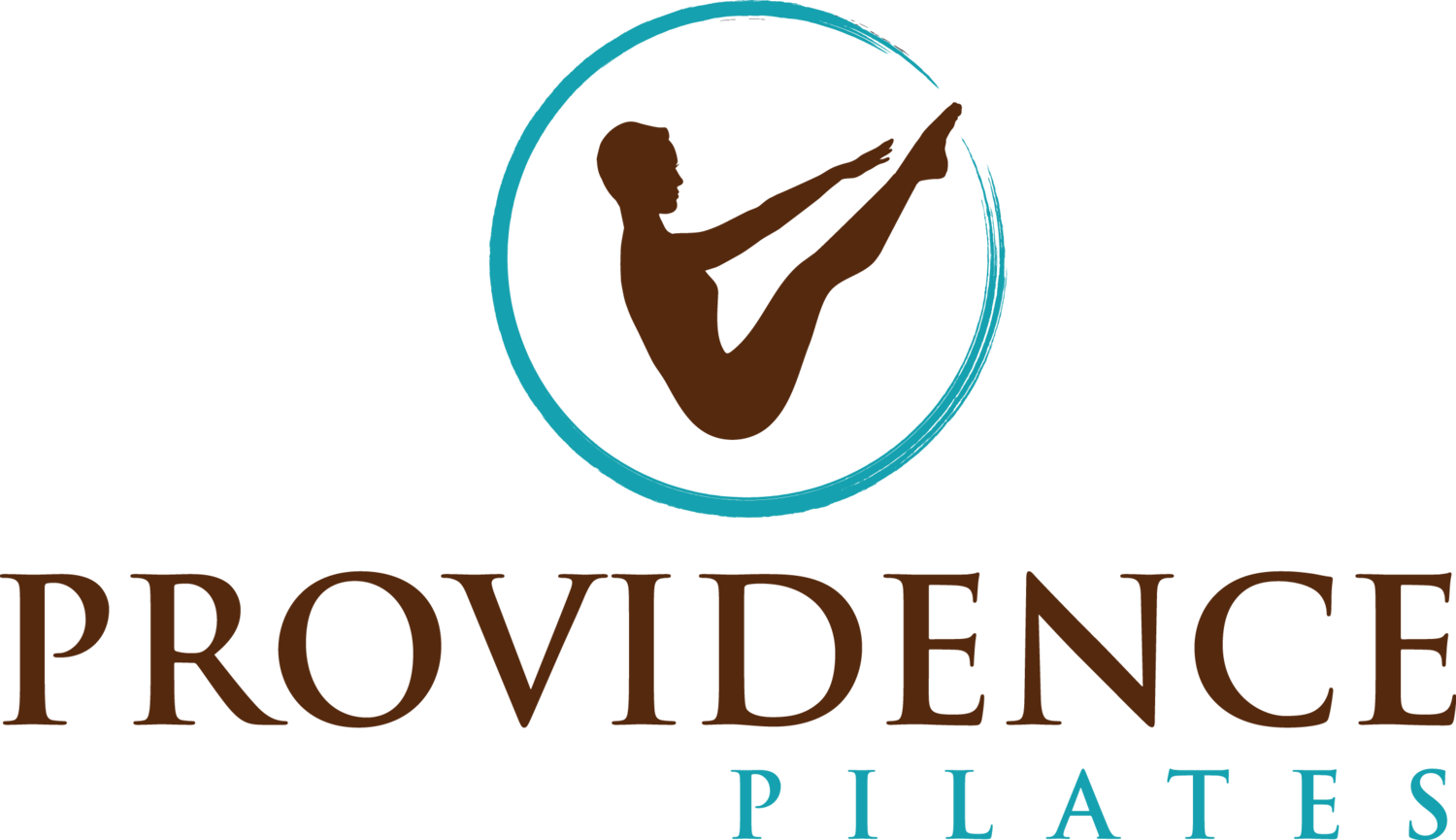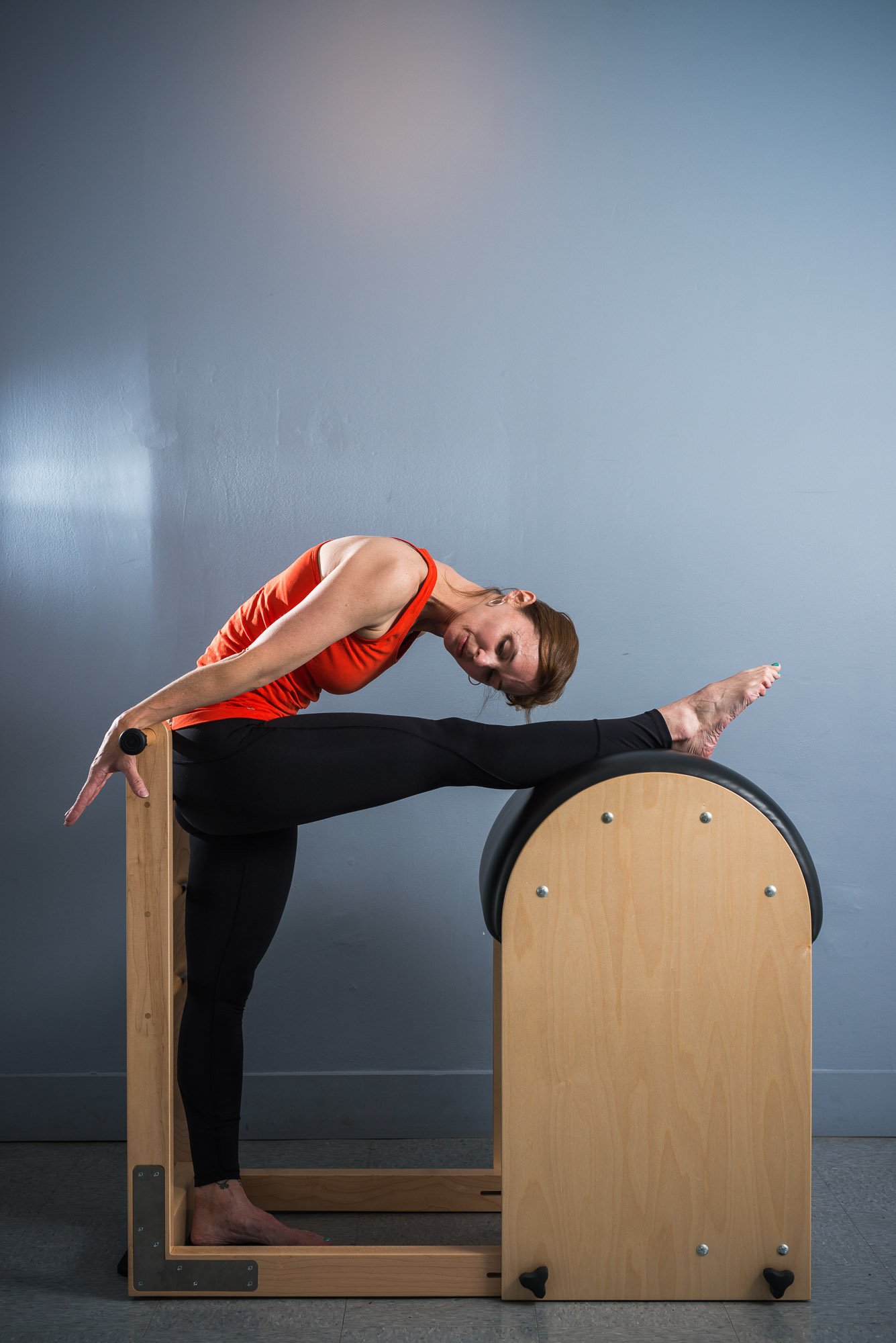The Difference Between Yoga and Pilates
Sometimes, when I tell someone I teach Pilates, they will look at me and say, 'Oh, that's like Yoga right?'. Well, not exactly!
Yoga and Pilates are both popular forms of mind-body exercises, but they differ in origins, techniques, goals, and overall focus. Here are eight key differences between them.
Origins:
Yoga: Originated in ancient India over 5,000 years ago. It's deeply rooted in spirituality, with the practice involving physical postures (asanas), breathing techniques (pranayama), and meditation. The goal is to unify the body, mind, and spirit.
Pilates: Developed by Joseph Pilates in the early 20th century, initially to help rehabilitate injured soldiers and dancers. It's a modern exercise system focused on core strength, body alignment, and control. There is still a Breath indication with many movements but in a different pattern that with Yoga.
Focus of Each:
Yoga: Emphasizes flexibility, balance, and spiritual growth. The focus is on improving overall mental and physical well-being. Many forms of yoga incorporate meditation and mindfulness.
Pilates: Primarily focuses on core strength, stability, and overall body conditioning. It emphasizes controlled, precise movements to improve muscle strength, endurance, and posture. These points of focus will add to improving mental and physical health
Breathing Techniques:
Yoga: Breath is often coordinated with movement, but the breath is typically slow, deep, and meditative. Pranayama (breath control) is a significant aspect of yoga practice.
Pilates: Breathing is also important, but in Pilates, it is used to assist movement and improve oxygen flow. Pilates uses lateral breathing, where you expand the ribcage without allowing the breath to push out the belly.
4. Body Engagement:
Yoga: Engages the whole body but tends to focus on flexibility, balance, and joint mobility. Poses can be held for long periods, and there’s an emphasis on stretching.
Pilates: Focuses more on strengthening the core muscles (abdominals, lower back, hips). While flexibility and mobility are improved, the primary emphasis is on toning muscles and improving posture.
5. Spiritual Component:
Yoga: Involves a strong spiritual or philosophical component. It’s not just an exercise; it is a way of life that includes ethical practices, meditation, and mindfulness.
Pilates: While it has a mind-body connection, it lacks the spiritual or philosophical elements of yoga. The emphasis is more on physical fitness and rehabilitation with mental focus and concentration.
6. Types of Movements:
Yoga: Involves a series of poses that stretch and strengthen the body. Some styles, like Vinyasa, are flow-based, while others, like Hatha, focus more on individual poses.
Pilates: Uses controlled, repetitive movements that target specific muscle groups. It often uses specialized equipment like the Reformer, Cadillac, and Wunda Chair to add resistance and/or support.
7. Flexibility vs. Strength:
Yoga: More focused on improving flexibility and balance. It’s a slower, meditative practice.
Pilates: More focused on strengthening muscles, especially the core. While flexibility improves, strength and muscle tone are emphasized.
8. Class Atmosphere:
Yoga: Classes often have a calm, meditative atmosphere. There may be chanting, and sessions often end with relaxation or meditation.
Pilates: The atmosphere is typically more dynamic, with a focus on body alignment and precise movements.
Use this guide when deciding which practice is a better fit for you. Yoga focuses on flexibility, balance, and spiritual well-being, while Pilates is more focused on strengthening the core, body conditioning, and rehabilitation if needed. Both can be excellent for improving body awareness and overall fitness, but they cater to different goals and experiences. Come on in and see what a Pilates workout can do for you! Try our new Pilates 101 class and get started on your Pilates journey today!



